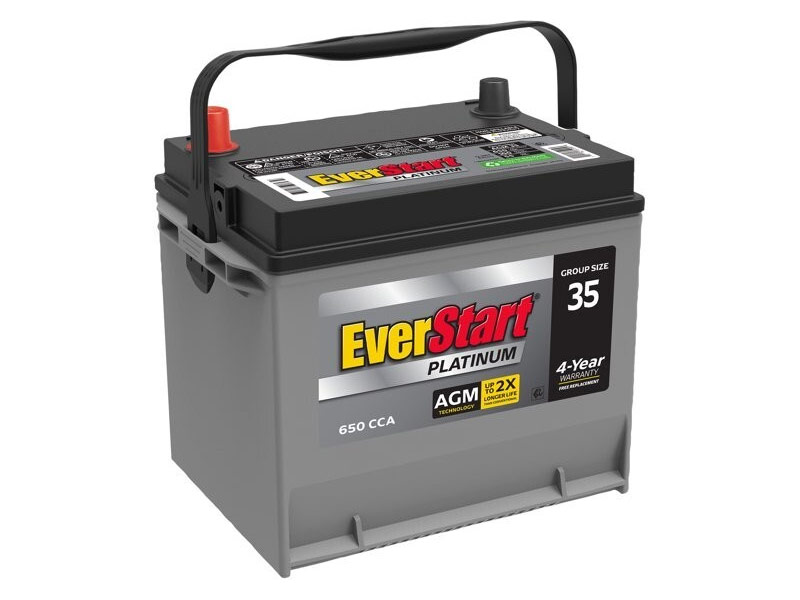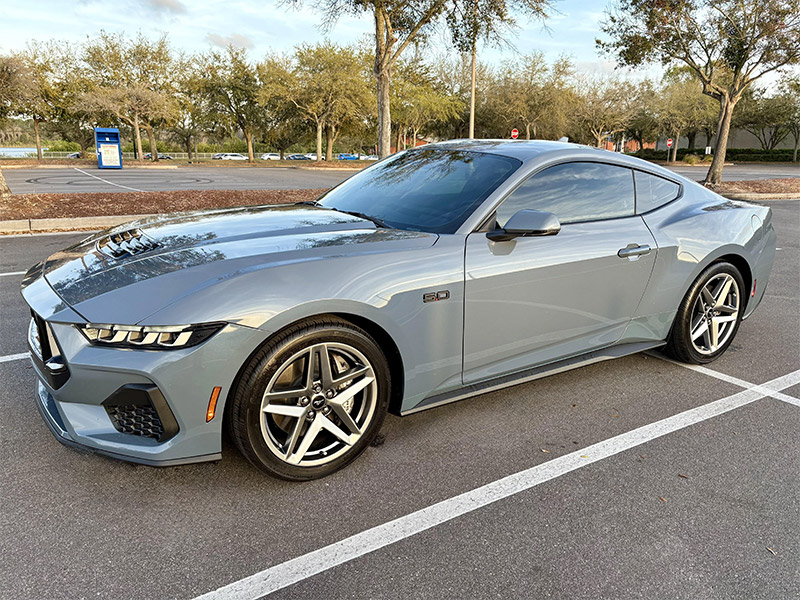
The drivetrain is one of the most critical systems in any vehicle, responsible for transmitting power from the engine to the wheels, allowing movement. Whether it’s a car, truck, or forklift, the drivetrain ensures smooth operation and optimal performance. Understanding the key components of the drivetrain can help vehicle owners maintain their equipment better and diagnose potential issues early. Below, we’ll break down the main parts of the drivetrain and their functions.
1. Transmission (Gearbox)
The transmission is arguably the most crucial part of the drivetrain. It is responsible for converting the engine’s power into usable torque, allowing the vehicle to operate efficiently at different speeds. The transmission controls the gear ratios, enabling the vehicle to accelerate and decelerate smoothly. There are two primary types of transmissions:
- Manual Transmission: Requires the driver to manually shift gears using a clutch and gear stick.
- Automatic Transmission: Shifts gears automatically based on the vehicle’s speed and load.
Modern transmissions, especially in trucks and forklifts, are built to handle heavy loads, offering different modes for optimal performance based on usage conditions.
2. Driveshaft
The driveshaft, also known as the propeller shaft, is a long cylindrical component that transfers power from the transmission to the differential. In rear-wheel-drive vehicles, this shaft connects the transmission at the front of the vehicle to the differential at the rear. The driveshaft needs to be balanced and robust to handle the rotational forces, especially in heavy-duty vehicles like trucks and forklifts.
3. Differential
The differential plays a pivotal role in how the vehicle maneuvers, especially around corners. It splits the engine torque into two outputs, allowing the wheels to rotate at different speeds. When a vehicle turns, the outside wheel covers more distance than the inside wheel, and the differential ensures both wheels get the right amount of power.
- Open Differential: Common in standard vehicles, it allows for smooth turning by distributing power evenly.
- Limited-Slip Differential: Found in performance vehicles or heavy machinery, this type prevents wheel slippage by adjusting torque during wheelspin.
4. Axles
Axles are central to supporting the vehicle’s weight and transferring power to the wheels. In most cars, trucks, and forklifts, axles are either “live” (actively delivering power to the wheels) or “dead” (simply supporting the vehicle’s weight). Heavy-duty vehicles often have more complex axle designs to handle the increased load and torque demands.
- Front Axle: Typically in front-wheel-drive vehicles, it delivers power from the engine to the front wheels.
- Rear Axle: In rear-wheel-drive and 4WD vehicles, it transmits power to the rear wheels.
5. Clutch
The clutch is primarily found in manual transmission vehicles and serves as the connection between the engine and the drivetrain. It allows the driver to engage and disengage the power from the engine to the transmission, enabling smooth gear changes. While automatic transmissions don’t have a traditional clutch pedal, they utilize internal clutch systems to shift gears.
6. CV Joints and U-Joints
Constant velocity (CV) joints and universal (U) joints are essential for transmitting power through the drivetrain, even as the wheels move up and down or turn. These joints ensure that the power flow remains uninterrupted, regardless of the angle of the driveshaft or axle.
- CV Joints: Common in front-wheel-drive vehicles, allowing for smooth power transmission at variable angles.
- U-Joints: Found more often in rear-wheel-drive and 4WD vehicles, particularly in the driveshaft, they enable the transmission of power even when the shaft is not in a straight line.
7. Transfer Case
The transfer case is a critical component in four-wheel-drive (4WD) and all-wheel-drive (AWD) vehicles. It is responsible for splitting power between the front and rear axles, ensuring that torque is evenly distributed. Transfer cases often have multiple modes, such as low-range gears, for off-road driving or heavy towing, making them essential for trucks and certain forklifts that operate in rugged conditions.
8. Torque Converter (Automatic Transmissions)
In vehicles with automatic transmissions, the torque converter takes the place of a manual clutch. It transmits and amplifies engine torque to the transmission and allows for smoother power flow during acceleration. Torque converters are crucial for providing seamless shifts and maintaining optimal engine performance, particularly in heavy-duty applications like trucks and forklifts.
Conclusion
Each component of the drivetrain works together to ensure that the engine’s power is efficiently transmitted to the wheels, allowing the vehicle to move smoothly. Whether you’re driving a truck, a forklift, or a car, understanding these main drivetrain parts can help in maintaining your vehicle, diagnosing problems, and making informed decisions when it comes to repairs. Proper maintenance of the drivetrain, such as regular inspections and timely replacements of worn parts, is crucial to extending the life of your vehicle and ensuring peak performance.
For more detailed guides, maintenance tips, and industry news on drivetrain components, be sure to explore our other articles!

